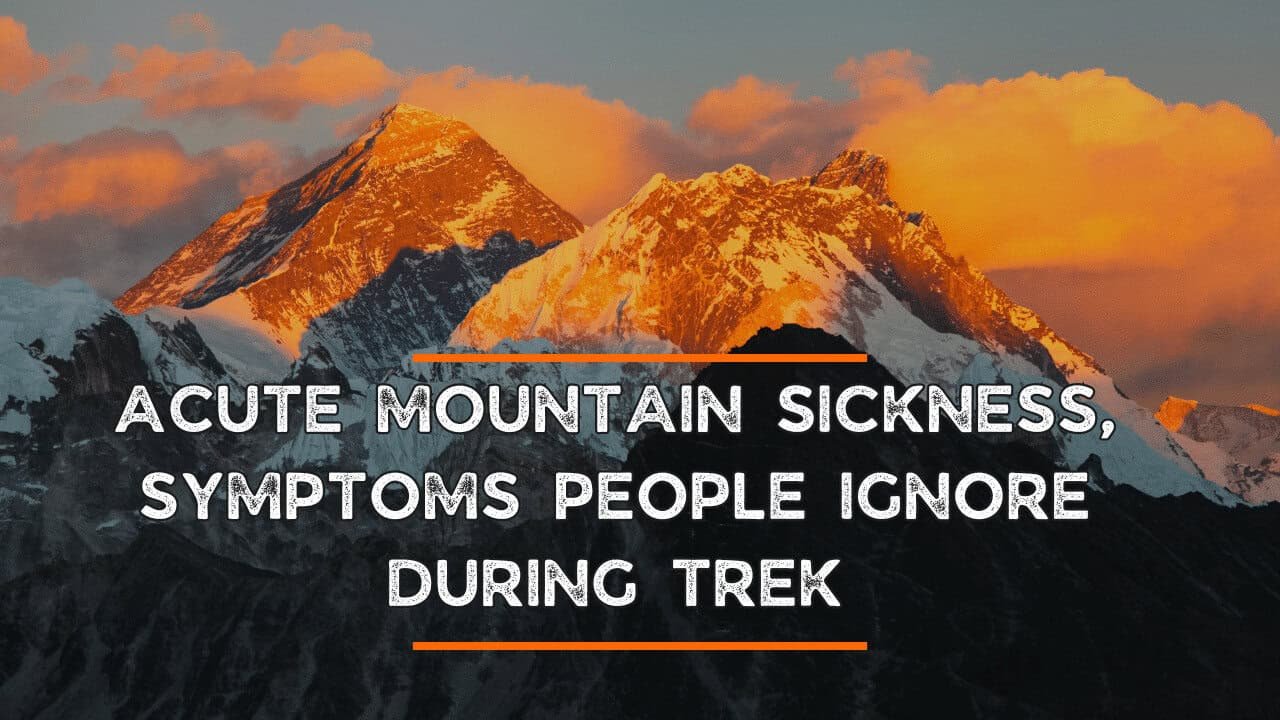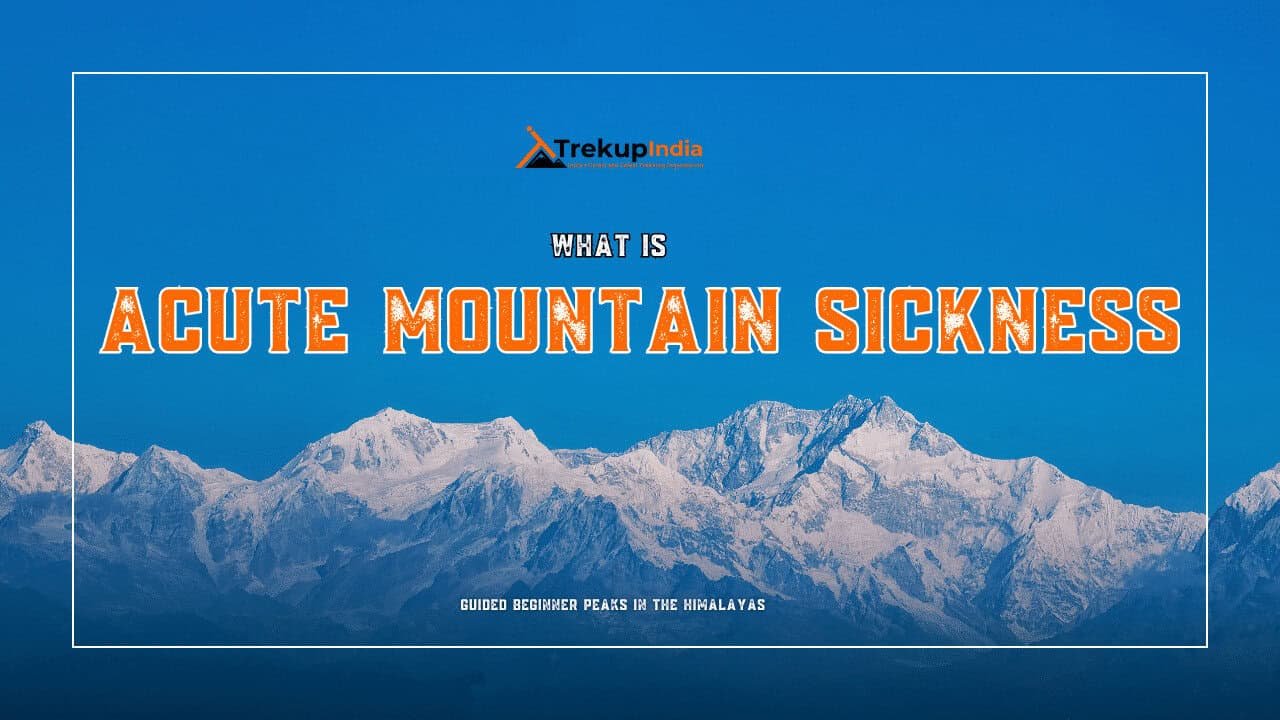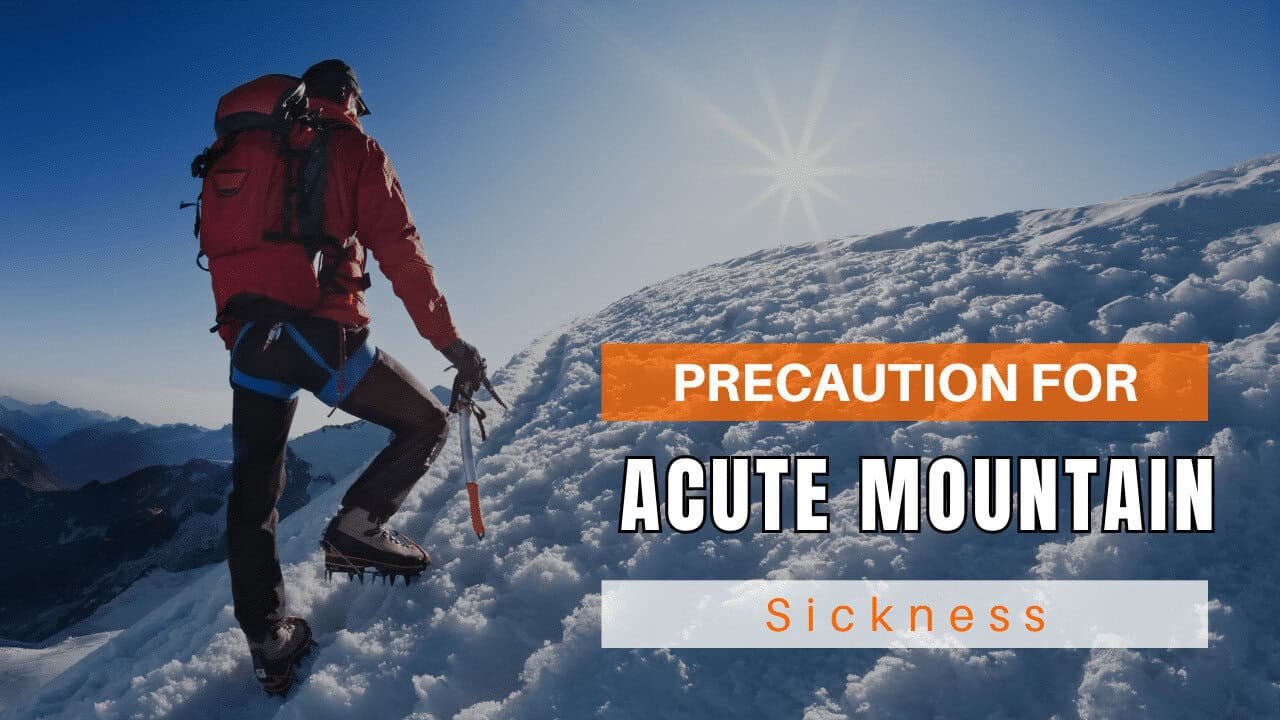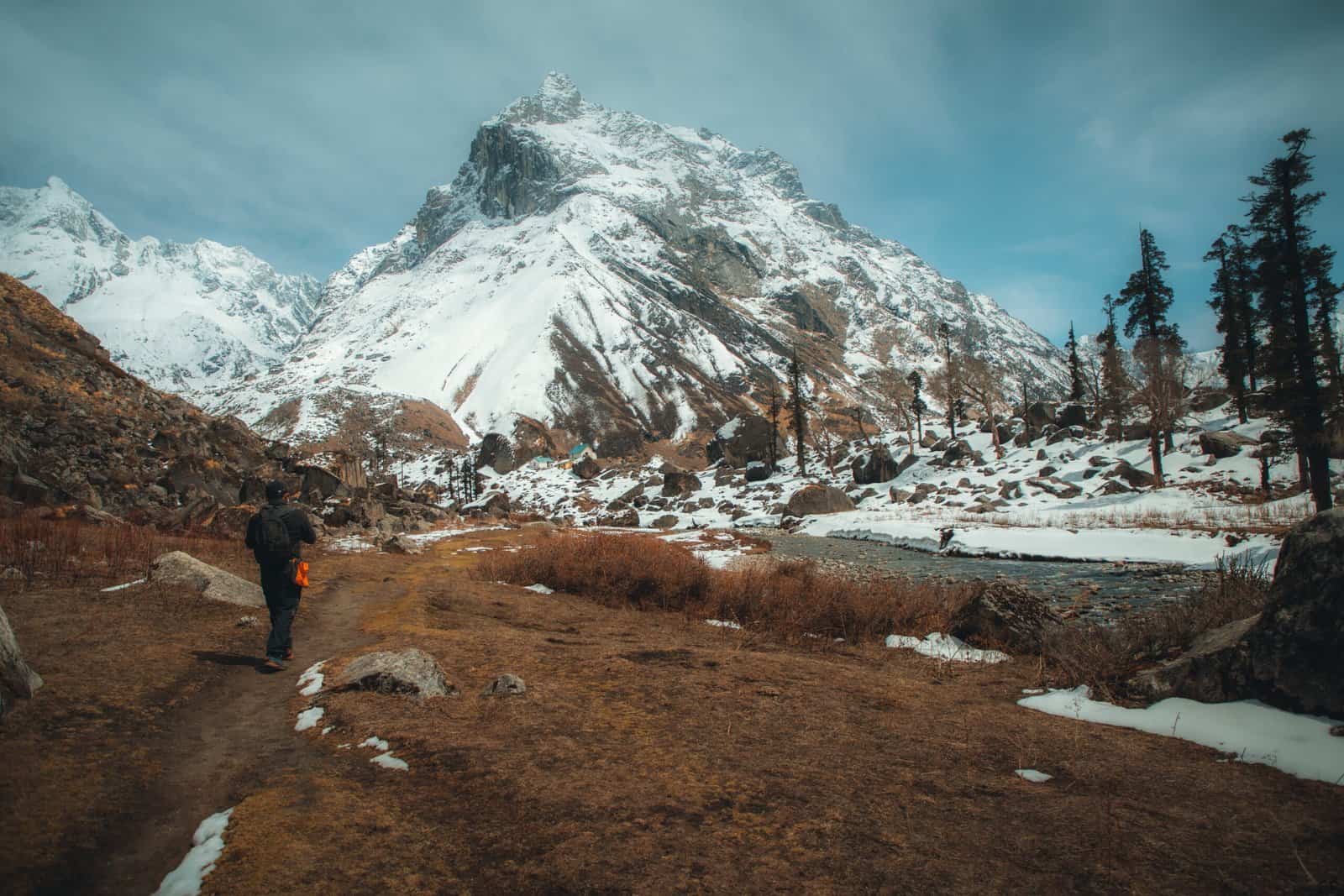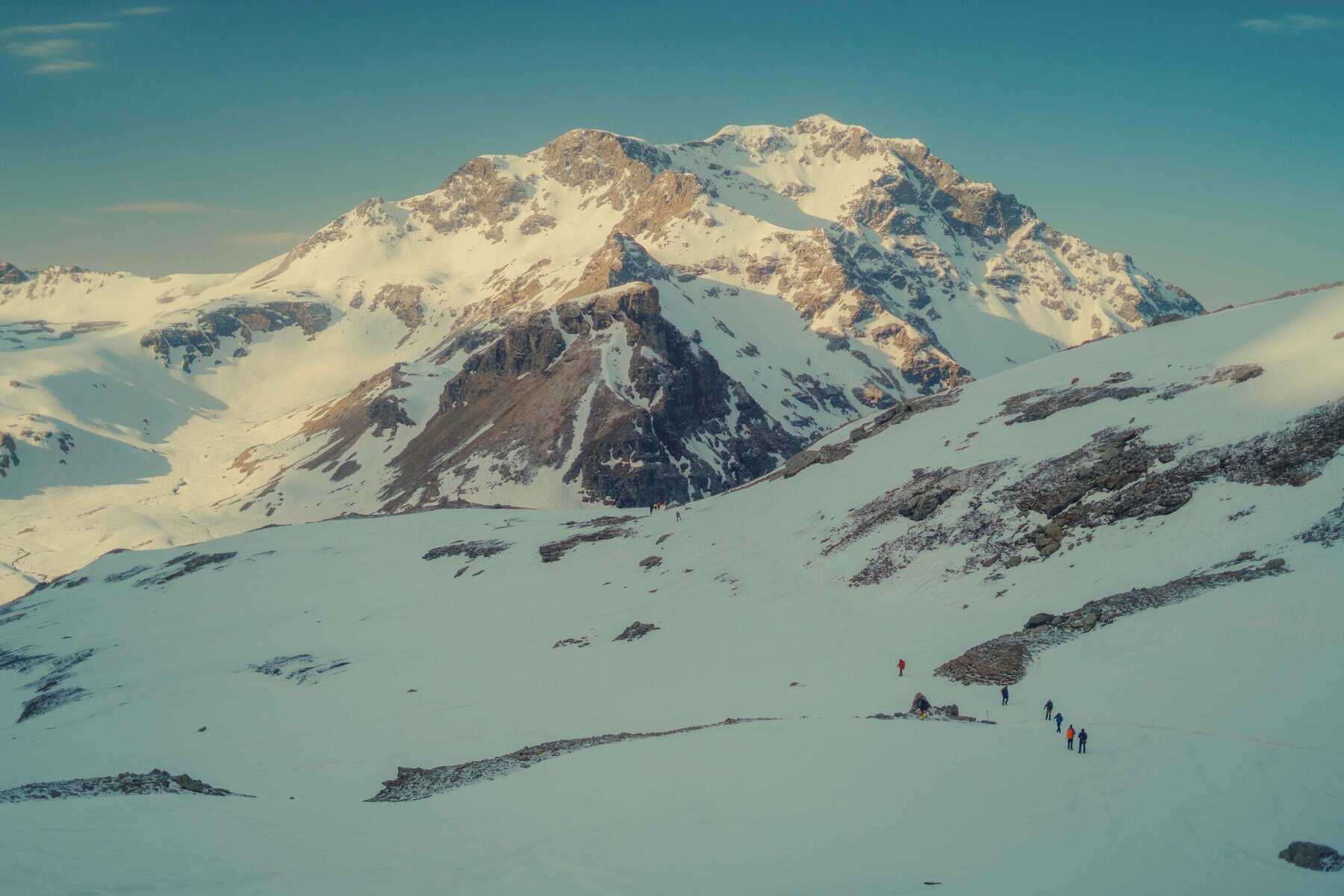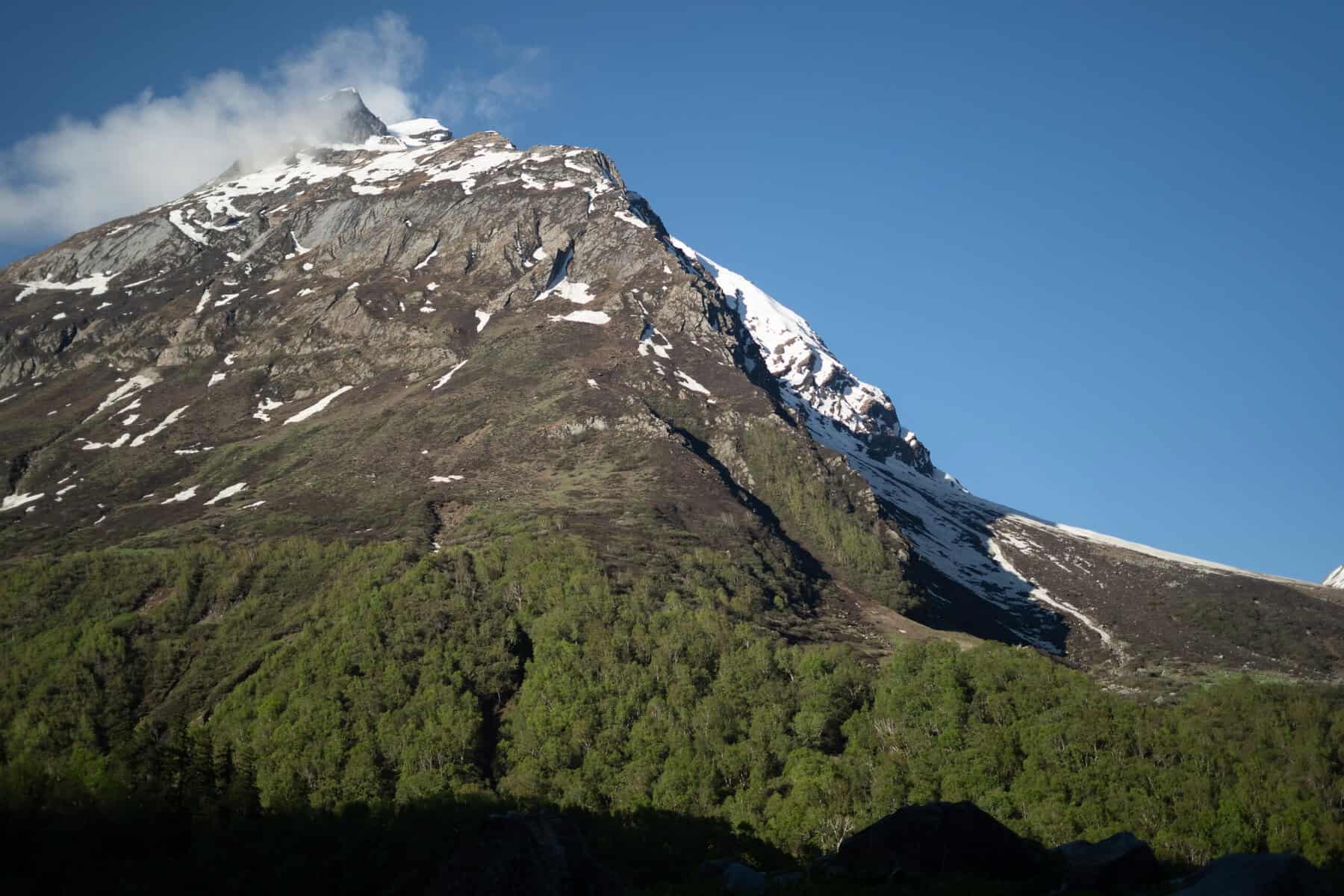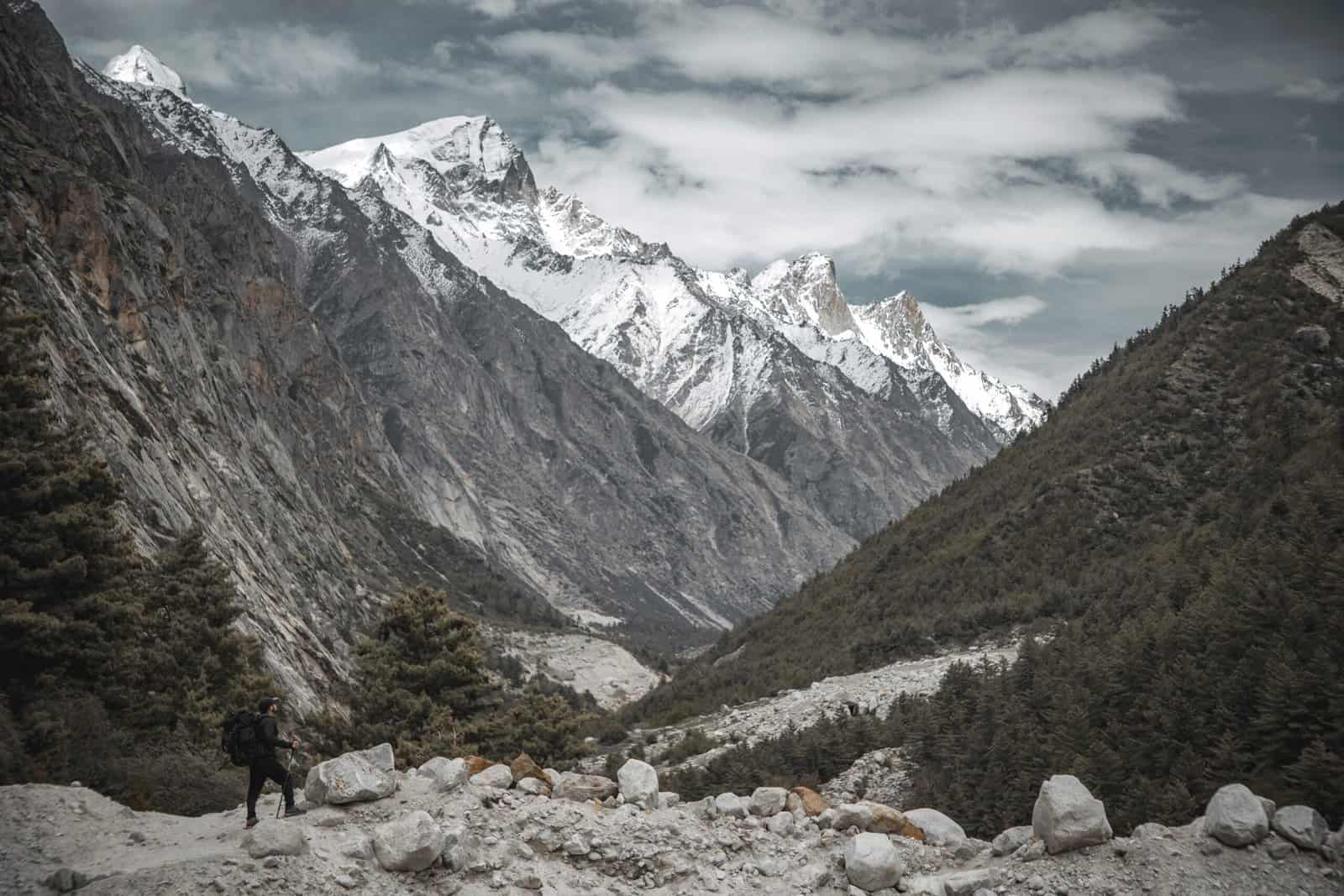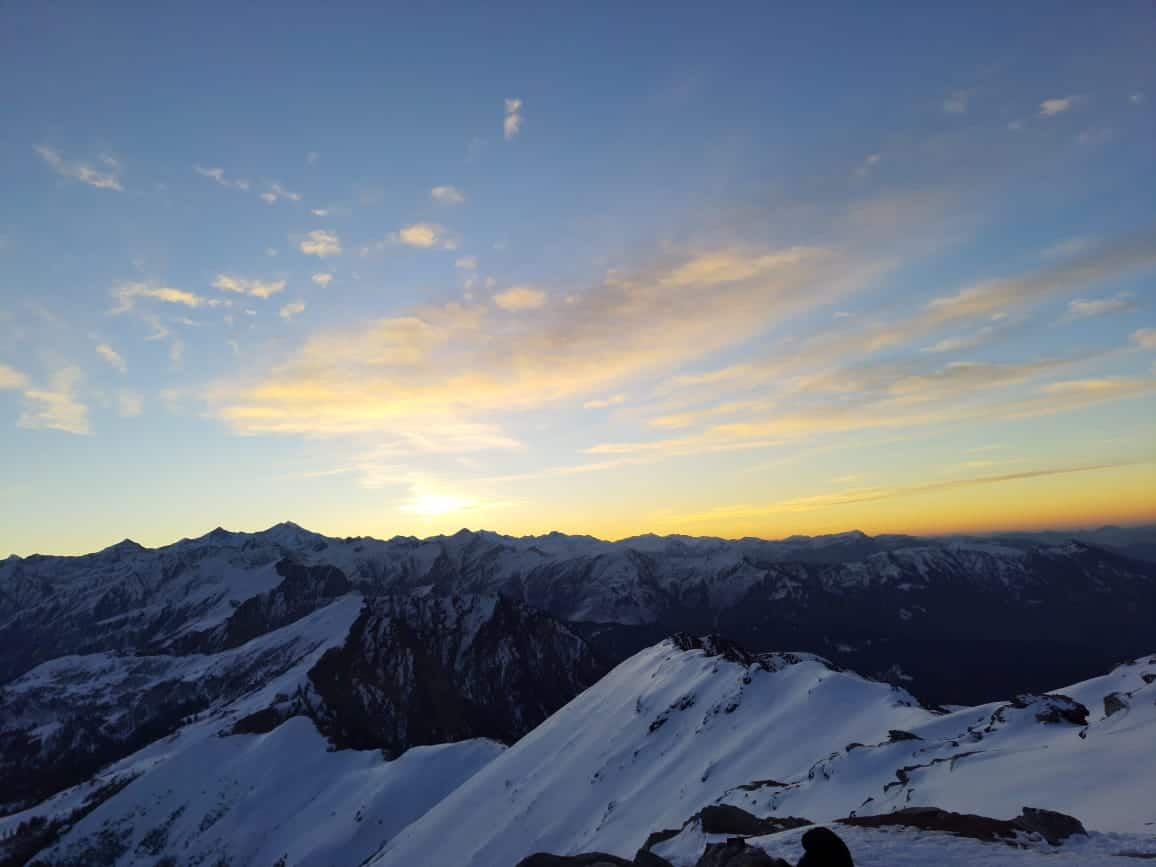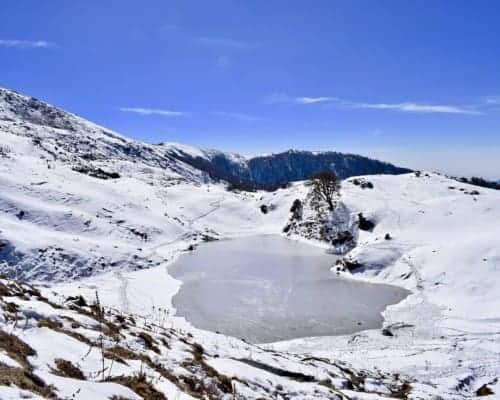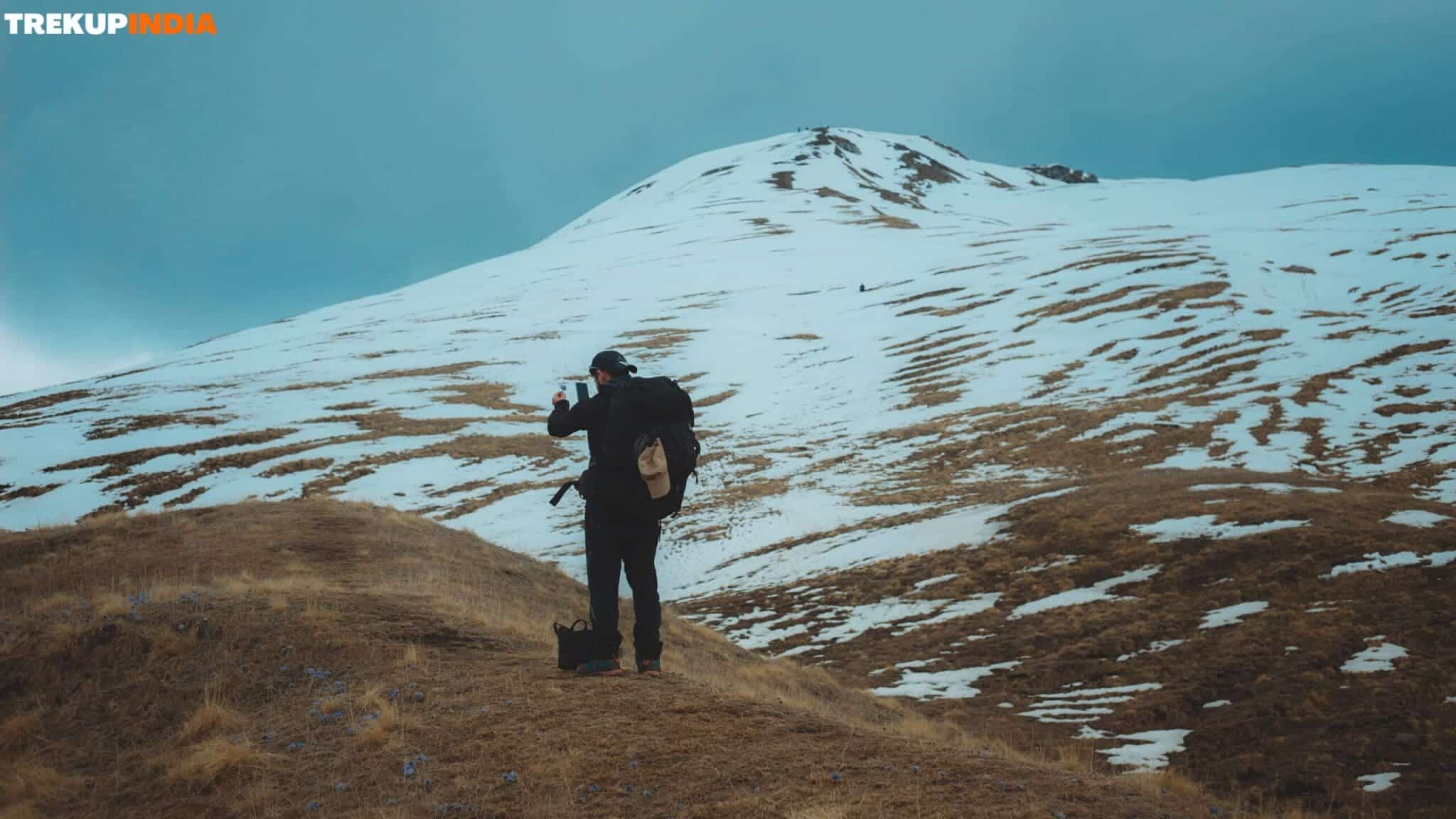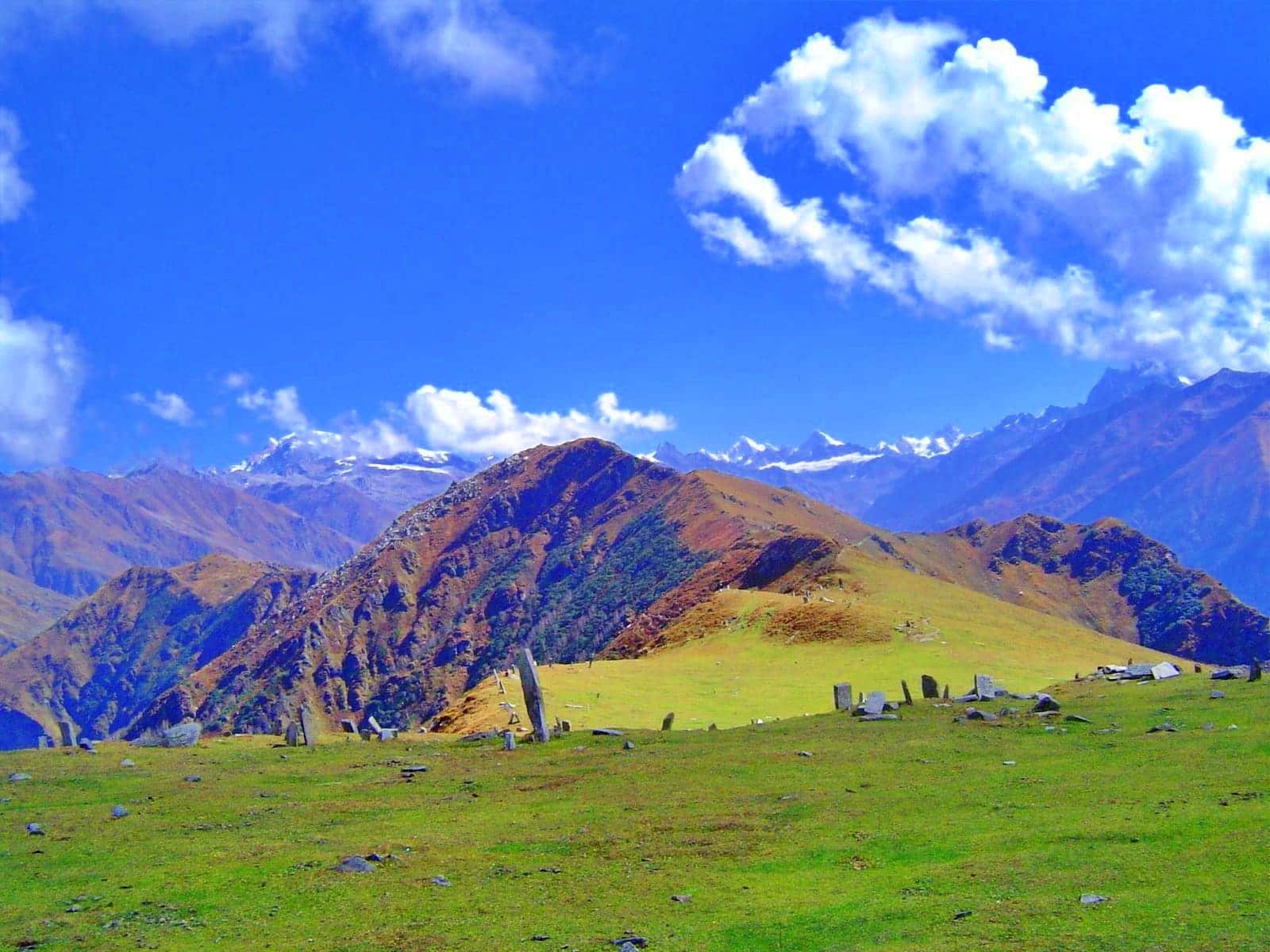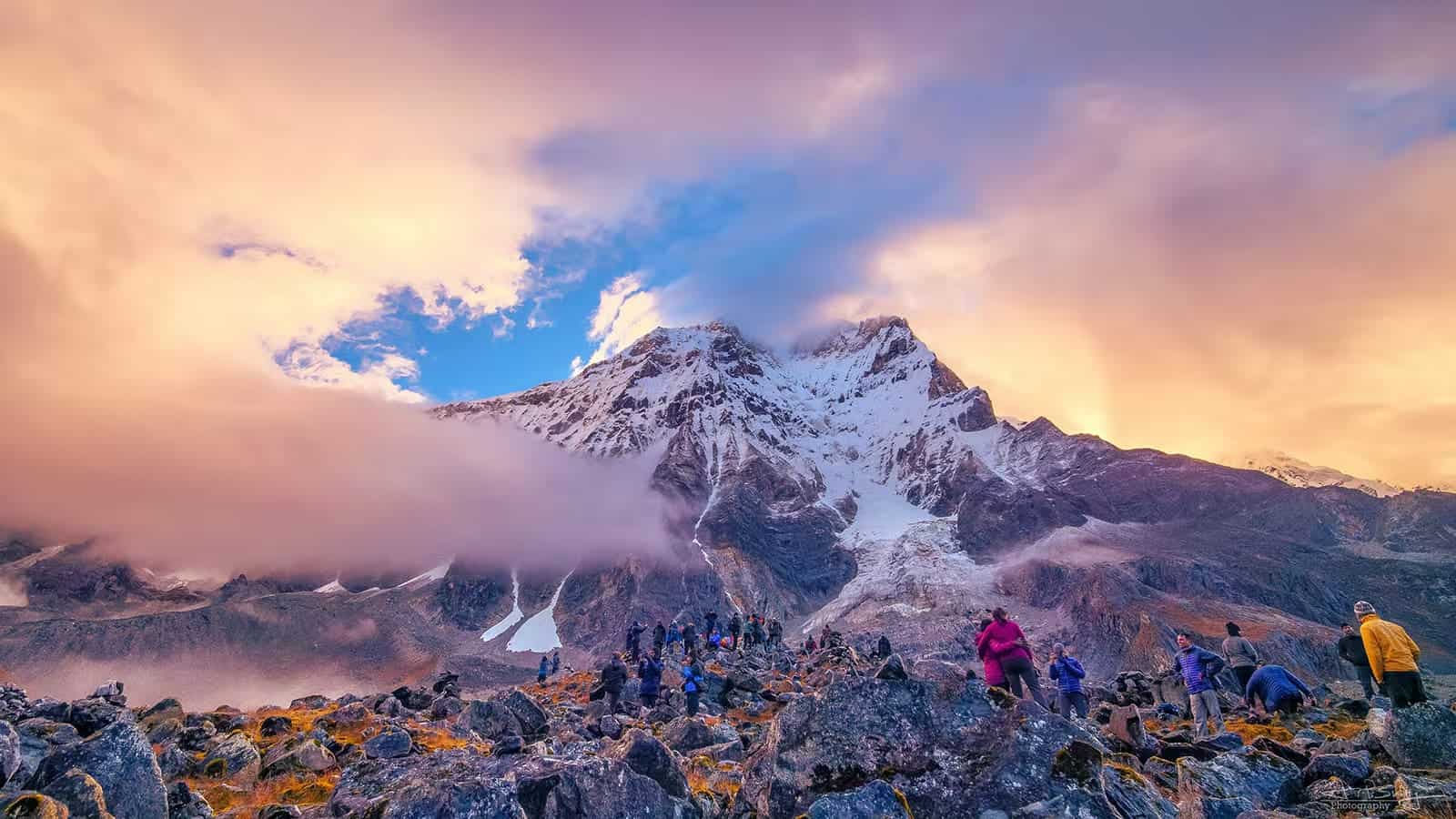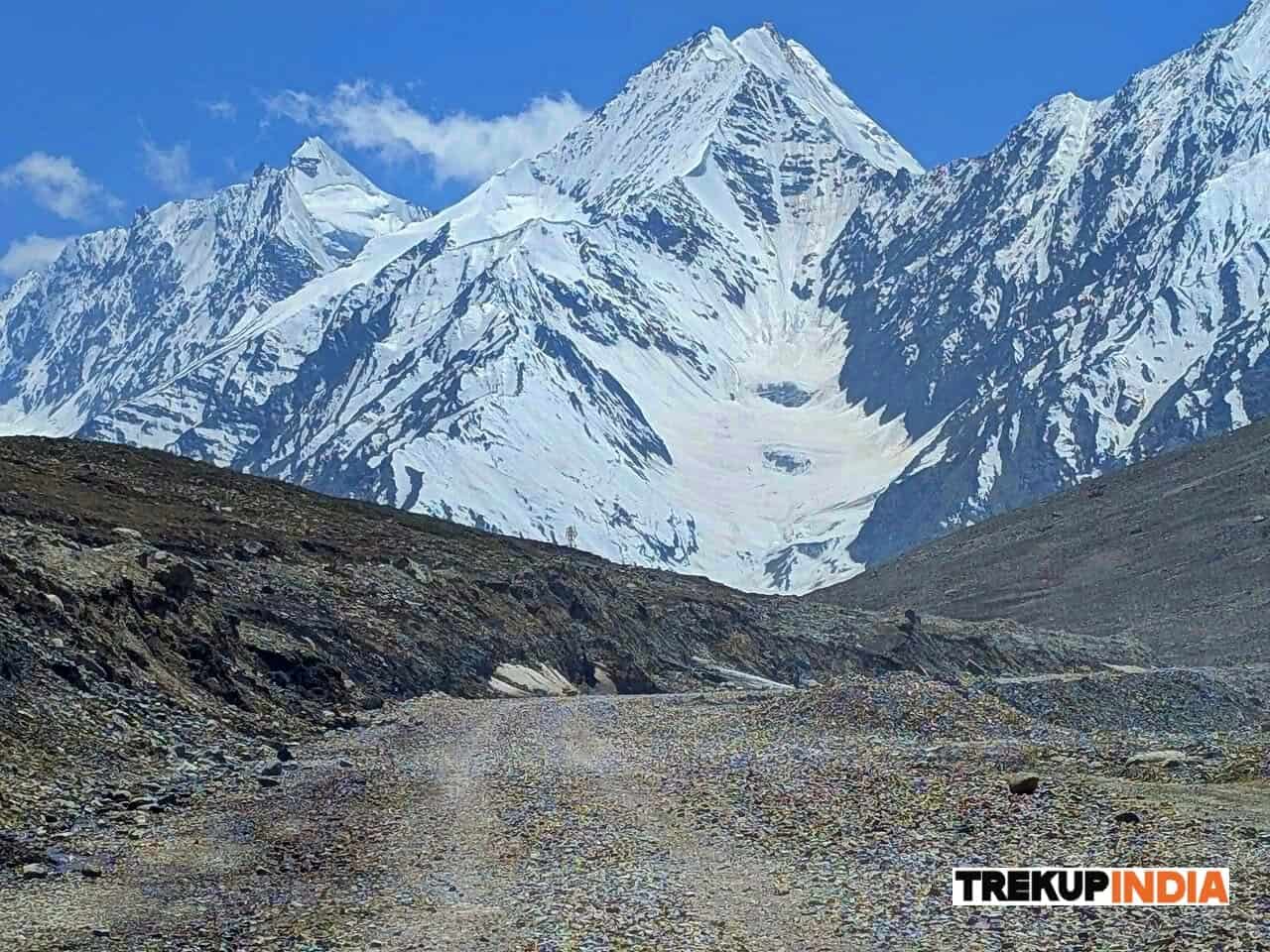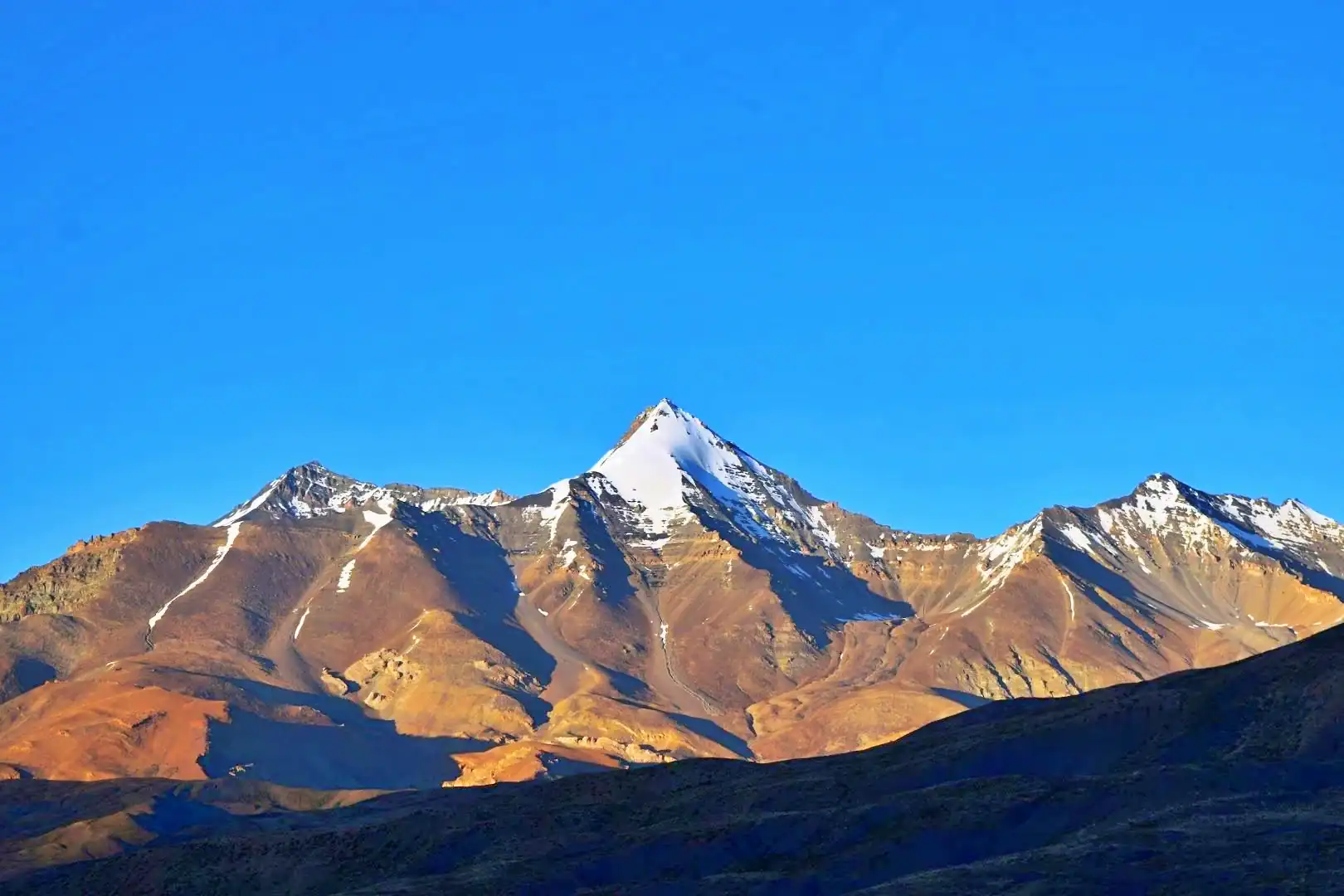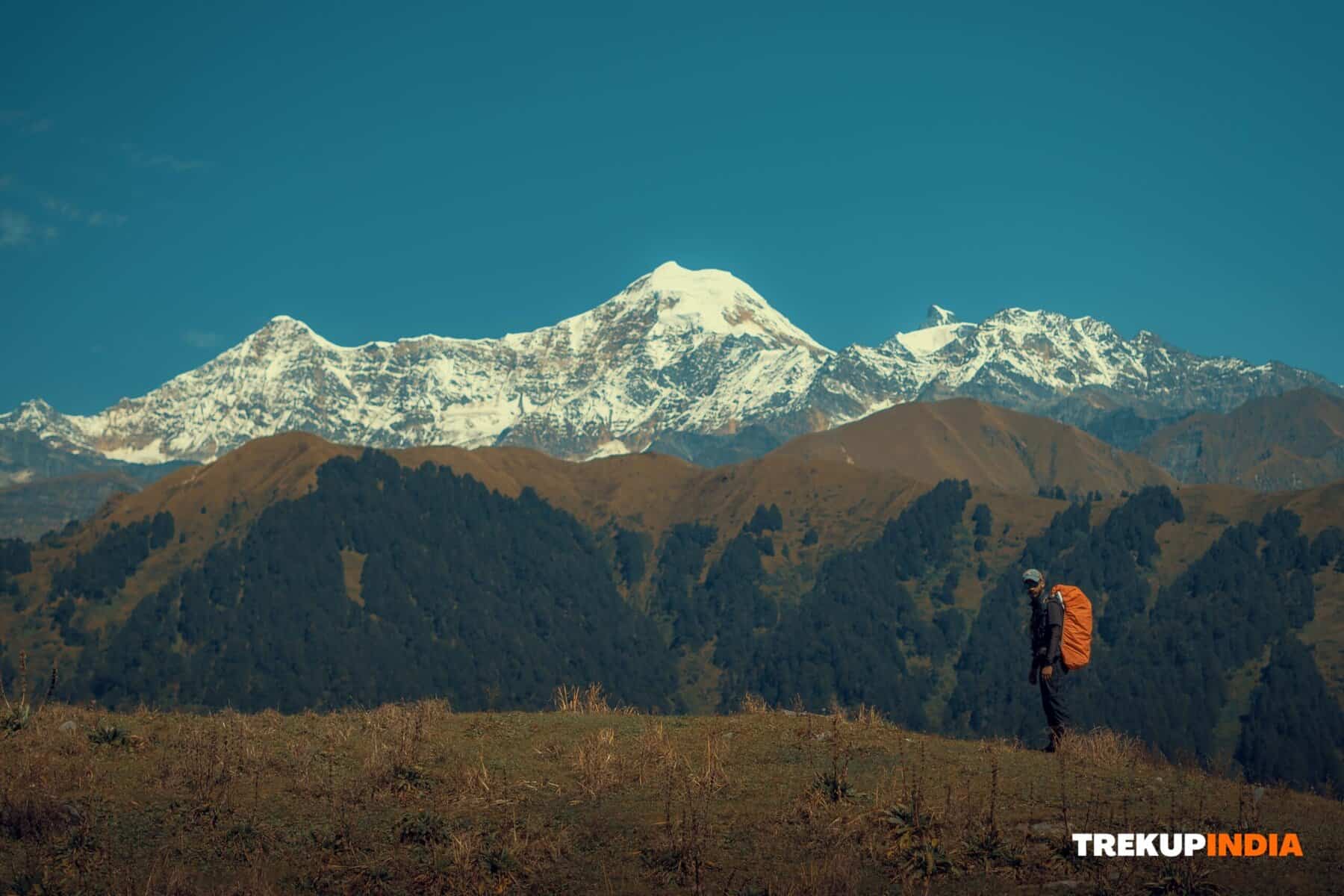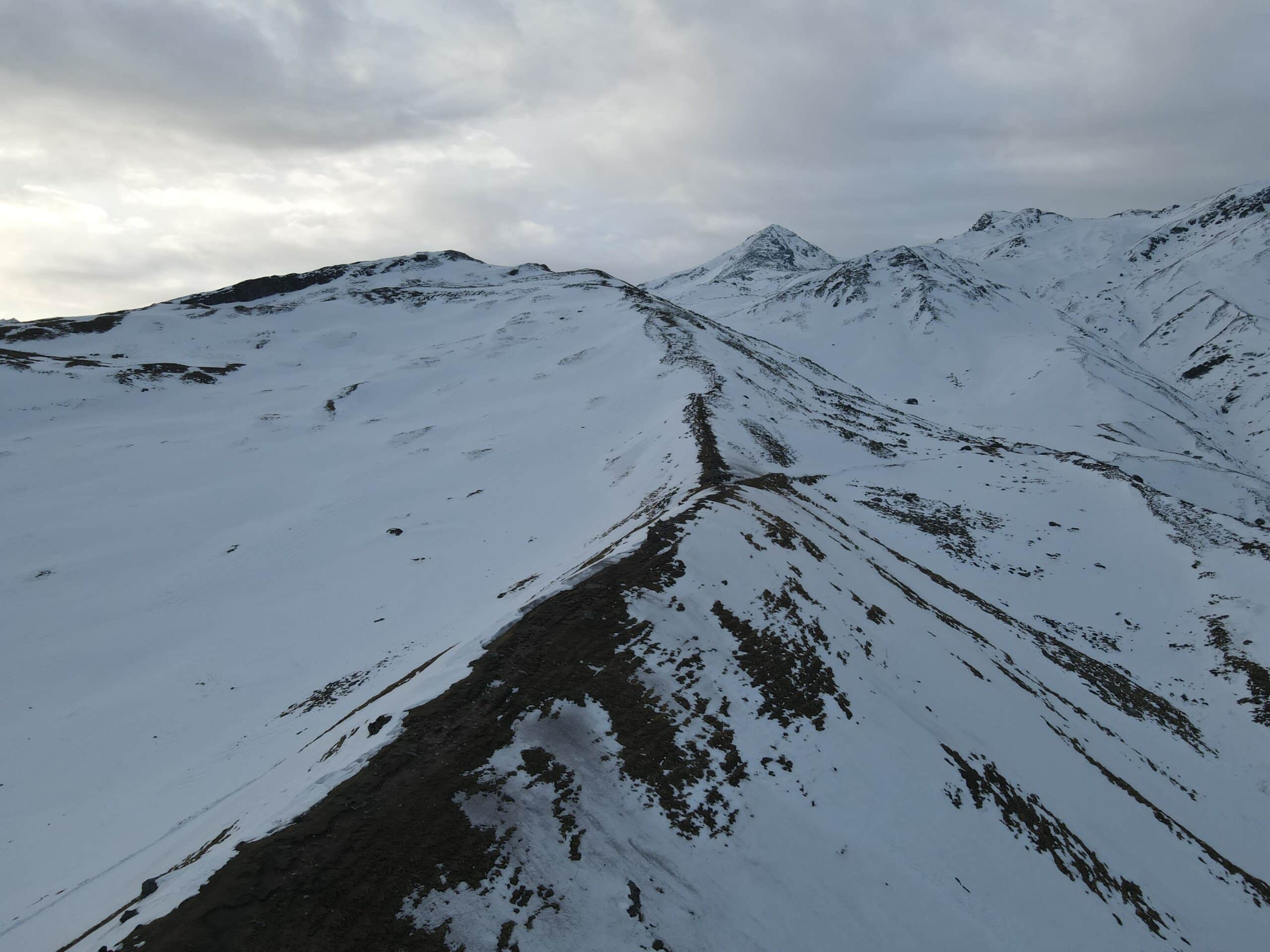Kedarkantha vs Brahmatal – Best Winter Trek in Uttarakhand?
Uttarakhand offers Brahmatal and Kedarkantha as an ideal starting point for novice Himalayan trekkers looking to venture forth. Their trails remain open even during winter months, giving trekkers ample opportunities to discover these magnificent mountains. Treks offer stunning panoramic views of snow-capped mountains in the distance as well as starlit night skies and meadows blanketed in snow, which will leave lasting memories that are sure to captivate. Their rugged beauty draws visitors back again for more adventures; choosing between multiple treks can be daunting, but this article will outline their distinctive features while outlining how their similarities surpass any differences despite their respective appeals. Brahmatal and Kedarkantha provide amazing winter trekking routes in Uttarakhand with stunning snow-covered paths through forested pathways and breathtaking Himalayan vistas, offering unique adventures. Brahmatal is an oasis of frozen lakes, open ridgelines, and tranquil camping spots – an ideal location for those who value serenity and expansive landscapes. The length is slightly greater, and its gentle slope makes Brahmatal an excellent place for solitude seekers looking for respite between December and March. Kedarkantha, often dubbed the “Queen of Winter Treks,” is a smaller yet steeper trek ideal for beginners and short winter trips during holidays, boasting an exhilarating top climb and lively campsites such as Juda Ka Talab. Perfect for short winter treks during holidays such as mid-December to February, when temperatures remain cold enough.
Summit View
Kedarkantha summit offers stunning mountain views of various Himalayan peaks such as Bandarpoonch, Black Peak, Swargarohini, and Ranglana in Gangotri and Yamunotri ranges, which show off their incredible splendour against a stunning sunrise view. Brahmatal, as the highest point, gives stunning vistas of Mt Trishul, Nanda Ghunti, Chaukhamba, Neelkanth Kamet Hathi Ghoda; some have played significant roles in Hindu mythology; these views truly give an incredible experience from which one feels their immense impact upon this ancient landscape!
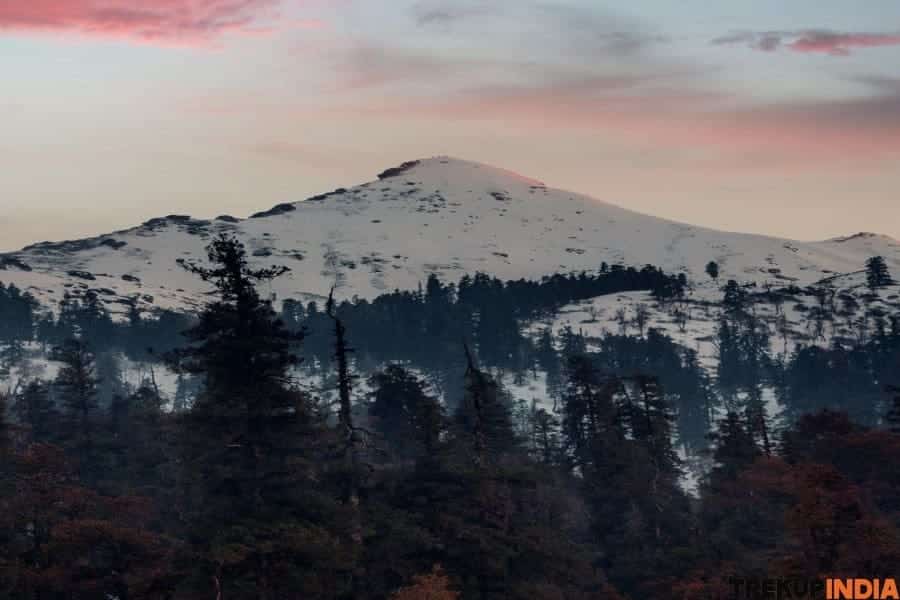
Trek Route
Kedarkantha and Brahmatal Treks begin in small villages before traversing through coniferous forest on well-defined trails, then opening into expansive meadows with breathtaking views of the Himalayan Mountains. Both trails lead to tranquil lakes hidden among mountains tucked near campsites; both trails also boast breathtaking ridges offering views of snow-capped peaks, which makes it hard to tear your gaze away from Brahmatal Peak. Their paths provide incredible snow-covered terrain that requires strenuous uphill climbing to reach the Brahmatal summit.
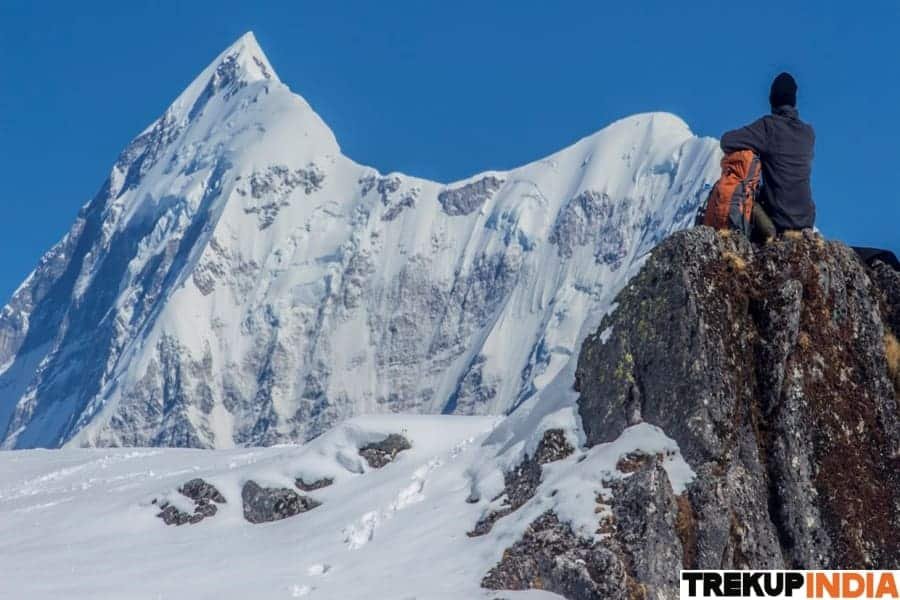
Flora and Fauna
Kedarkantha has recently become increasingly popular, drawing large crowds of trekkers each New Year’s Eve as they attempt to catch the stunning sunrise signalling the beginning of another year. Additionally, an increase in trek operators brings large groups of tourists onto their trails during winter seasons, resulting in overcrowding on some trails, such as Kedarkantha, compared with Brahmatal, which remains more suitable for beginners despite becoming increasingly more well-known than its counterpart. Brahmatal Forest and Kedarkantha’s lush forests are filled with lively animals, plants, and wildlife that inhabit both areas. Rhododendron and Oak trees abound along both paths; while Kedarkantha boasts Chir Pine while Brahmatal offers dense conifer forests like Cedar and Fir near Gujreni camping area. If you are lucky, Black and Golden Eagles may fly from Judato above Lohajung down along the Brahmatal Route; bird watchers also love these routes as both routes feature many exotic species like the Himalayan Monal, which inhabit these regions.
When making your choice between Brahmatal and Kedarkantha, be sure to keep these aspects in mind. Both treks offer stunning experiences as they take visitors deep into the mountains before leading them onward to their summits for breathtaking views and more Himalayan adventure. Our article here should give you enough knowledge of various treks so that your decision fits with your preferences; should any additional support or advice be required, we are there to assist!
About Author

Anoop Rawat (Admin TrekUp India)
Anoop has worked for 5 years as a Trek Leader with TrekUpIndia, leading numerous treks across the diverse and challenging terrains of Uttarakhand and Himachal Pradesh. He holds a degree in Geology with a specialization in Geographic Information Systems (GIS) from UPES Dehradun. During his academic years, he actively applied his classroom knowledge in the field—most notably by contributing to a glacier research project on the Jundar Glacier in the Har Ki Dun Valley, Uttarakhand. Write Anoop at anoop@trekupindia.com
Share this article
Dates For Upcoming Treks
Want To Trek Like Pro?
Basically, watch these videos if you want to trek the same way professional trekkers do and make your skills better. These videos contain useful tips and techniques to further improve your trekking skills itself. These videos actually help both new and experienced trekkers improve their trekking skills. These videos definitely provide useful tips that make your trek better. We are seeing that these videos by Trekup India experts will only help you make your trekking skills better.
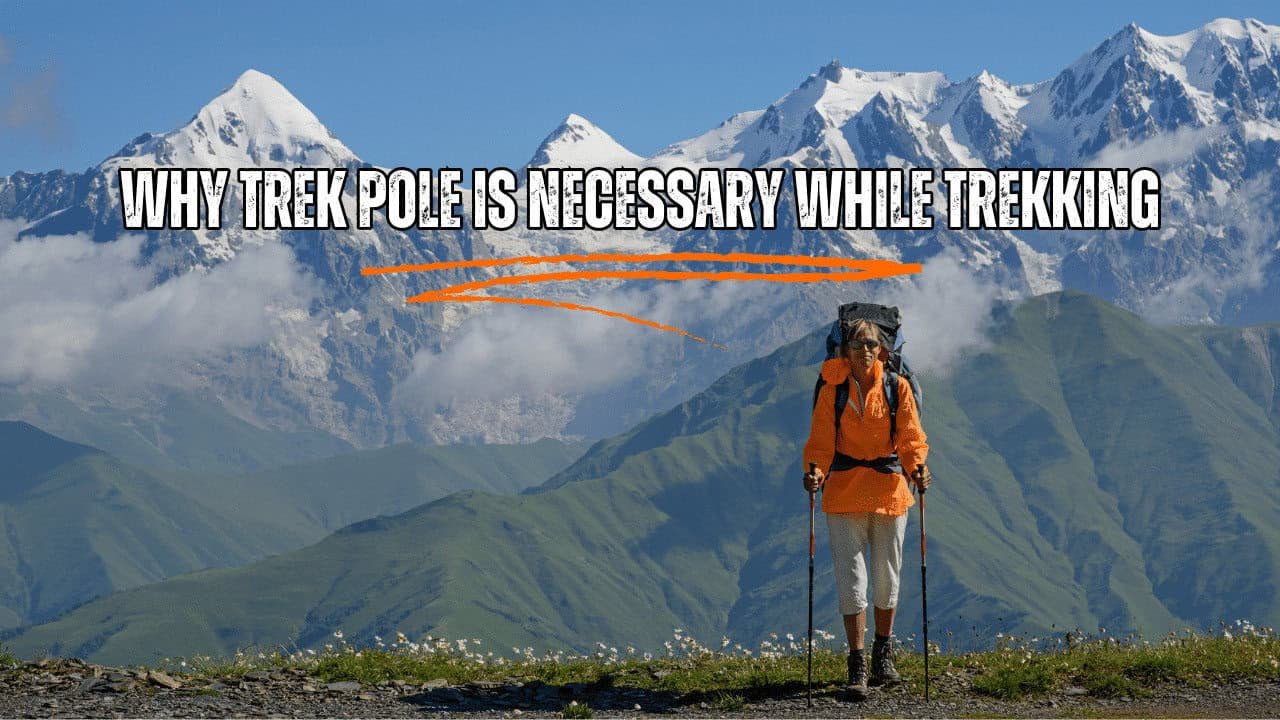




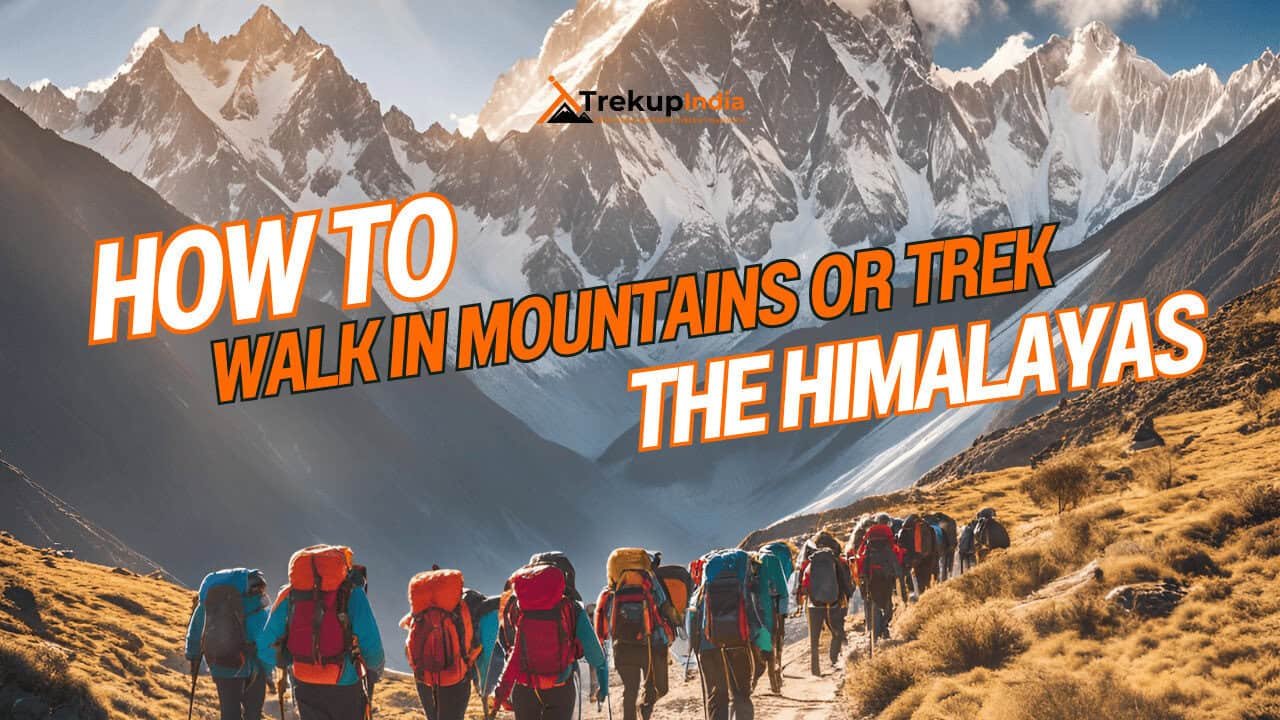

Know Everything About Acute Mountain Sickness
Acute Mountain Sickness occurs when people trek to high altitudes above 8,000 feet. This condition itself develops further due to reduced oxygen levels at such heights. Basically, as you go higher up, the air pressure and oxygen levels decrease, which causes the same problem. Acute Mountain Sickness surely causes headache, nausea, vomiting, and dizziness in affected persons. Moreover, peoples also experience difficulty in sleeping during this condition. To avoid mountain sickness, you should actually trek up slowly to higher altitudes. To learn further about this condition itself, watch the videos by Trekup India.
